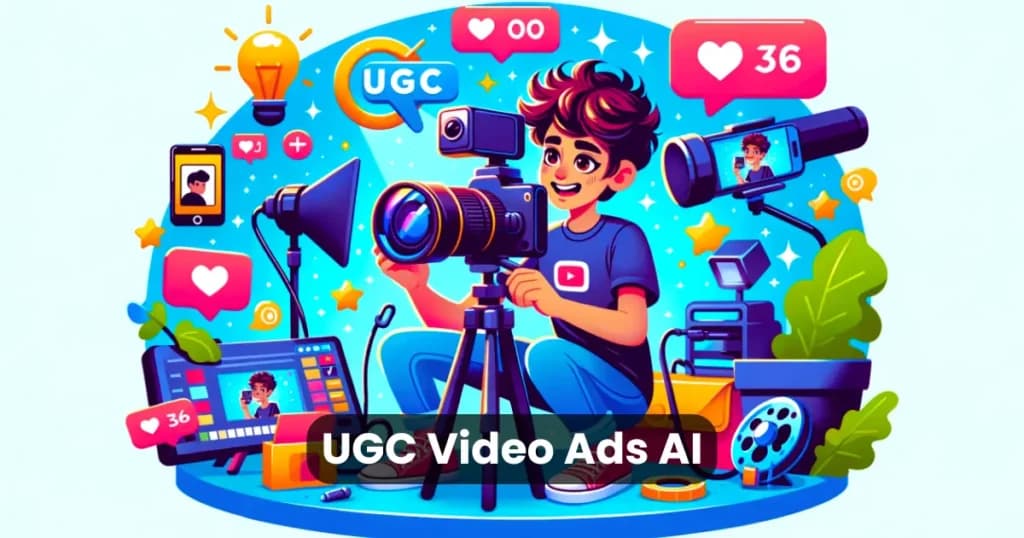
AI Videos
How to Talk to Deceased Loved Ones with a Video

Contents
- 1 Understanding the Desire to Communicate with the Deceased
- 2 The Role of Videos in Connecting with Departed Loved Ones
- 3 How to Talk to Deceased Loved Ones with a Video
- 4 Ethical Considerations in Communicating with the Deceased
- 5 Psychological and Emotional Benefits
- 6 Common Challenges and How to Overcome Them
Losing a loved one is a profoundly emotional experience, and many people long for a way to reconnect with those who have passed. Learning how to talk to deceased loved ones with a video offers a unique way to preserve their memory and maintain a sense of closeness. By using recorded messages, personal footage, or AI-powered tools, it becomes possible to create meaningful interactions that provide comfort and healing. Videos allow individuals to relive cherished moments, express unspoken words, and find peace in knowing their loved one’s presence can still be felt in a special way.
Understanding the Desire to Communicate with the Deceased
Grief is a deeply personal journey, and for many, the longing to reconnect with a departed loved one never truly fades. The desire to communicate with the deceased stems from a need for emotional closure, reassurance, or simply a way to keep their presence alive in daily life.
Many cultures and traditions embrace the idea that death does not signify the end of a relationship. People write letters, speak aloud to photos, or visit gravesites to express their thoughts and emotions. Learning how to talk to deceased loved ones with a video adds a modern approach to this timeless practice, allowing individuals to hear their loved one’s voice, see their expressions, and create a virtual dialogue that fosters healing.
Furthermore, speaking to a loved one through video can help ease regrets or unresolved emotions. Whether it’s sharing daily updates, seeking guidance, or expressing love, videos provide a tangible connection that can bring comfort and peace during the grieving process.
The Role of Videos in Connecting with Departed Loved Ones
Videos serve as powerful tools for preserving memories and fostering an emotional connection with those who have passed away. Unlike photographs or written letters, videos capture a loved one’s voice, facial expressions, and personality, making interactions feel more personal and immersive. Learning how to talk to deceased loved ones with a video allows individuals to relive special moments, express unspoken emotions, and find solace in the presence of their cherished memories.
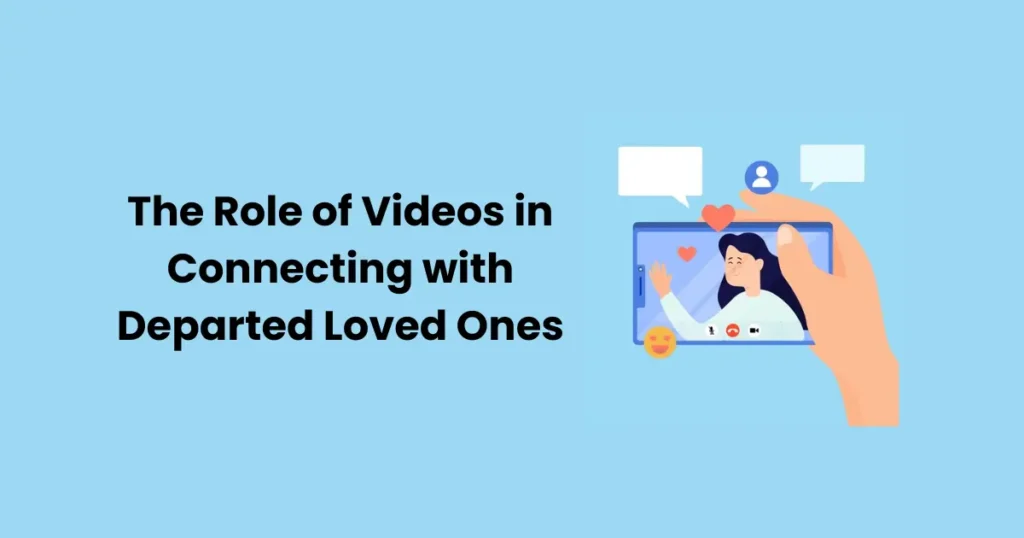
1. Preserving a Loved One’s Essence
A video can hold the laughter, wisdom, and warmth of a departed loved one, keeping their spirit alive in a dynamic and interactive way. Watching old recordings can rekindle fond memories and create a sense of closeness, even after their passing.
2. Facilitating a One-Sided Conversation
While direct communication with the deceased may not be possible, videos provide a means to continue conversations. Speaking to a recording or responding to messages left behind can bring a sense of connection and closure, helping individuals process grief more effectively.
3. Enhancing the Healing Process
Grieving can be overwhelming, but having access to videos allows individuals to reflect on happy moments rather than just focusing on the loss. Creating personal video messages, watching old clips, or using digital tools to interact with past recordings can provide emotional comfort during difficult times.
By integrating videos into the grieving process, people can establish a meaningful way to stay connected with their lost loved ones while embracing healing and emotional well-being.
How to Talk to Deceased Loved Ones with a Video
Technology has provided new ways to preserve and cherish the memories of those who have passed. Learning how to talk to deceased loved ones with a video allows individuals to maintain a sense of connection, express emotions, and find comfort in moments of grief. Whether through personal recordings, AI-generated interactions, or customized tribute videos, there are several ways to make this experience meaningful.
1. Creating a Personalized Video
A personalized video serves as a heartfelt way to communicate with a deceased loved one. Here’s how to make it special:
- Gather meaningful clips – Use home videos or recorded messages to create a montage of special moments.
- Add voice messages – Record messages expressing thoughts, feelings, or updates, just as you would if they were still present.
- Include photos and music – Adding favorite songs or meaningful images enhances the emotional impact of the video.
- Speak naturally – Address the video as if you were speaking directly to your loved one, making it a personal and comforting experience.
2. Using AI and Digital Tools for Interaction
Advancements in artificial intelligence have made it possible to create interactive experiences that simulate conversations with the deceased. Some digital tools allow for:
- Voice and video synthesis – AI-powered programs can recreate a loved one’s voice or generate video responses based on previous recordings.
- Chatbot interactions – Some platforms enable text-based communication using past messages and social media interactions.
- Virtual memory books – Creating a digital archive of videos and messages allows family members to revisit and interact with their loved one’s memory.
3. Enhancing the Emotional Connection
Simply watching old videos can be comforting, but actively engaging with them creates a deeper emotional bond.
- Schedule dedicated time – Set aside moments to watch and talk to the video, making it a ritual of remembrance.
- Express thoughts and feelings aloud – Verbalizing emotions can provide a sense of relief and closure.
- Share the experience with family – Watching videos together strengthens familial bonds and honors the memory of the departed.
By incorporating these methods, individuals can transform videos into a meaningful tool for healing, remembrance, and ongoing connection with their deceased loved ones.
Ethical Considerations in Communicating with the Deceased
As technology evolves, new methods for remembering and interacting with deceased loved ones raise important ethical questions. Learning how to talk to deceased loved ones with a video can be a meaningful and healing experience, but it is essential to approach it with respect, consent, and emotional awareness.
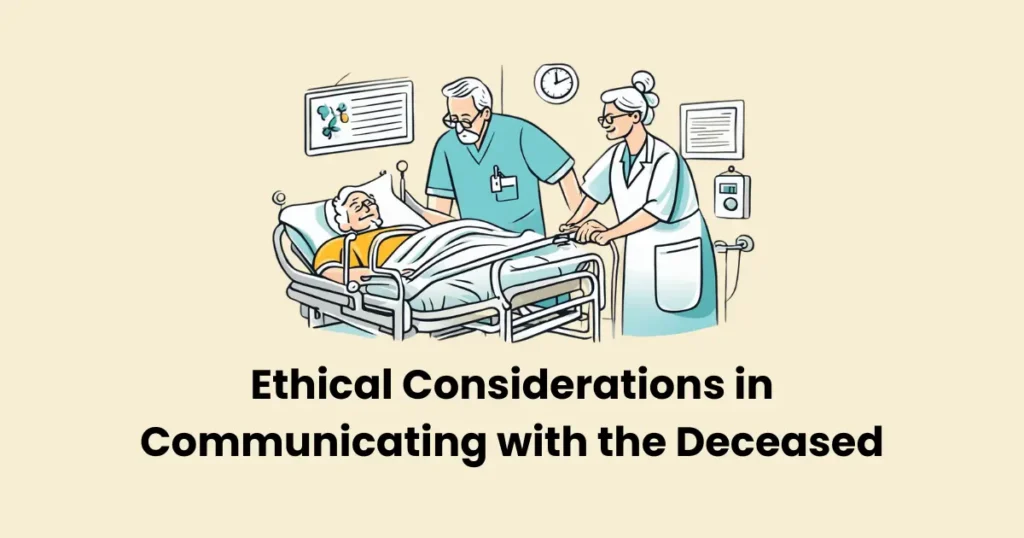
1. Respecting the Wishes of the Deceased
Not everyone may have been comfortable with digital preservation during their lifetime. Before creating AI-generated conversations or publicly sharing videos, it is crucial to consider whether the deceased would have consented to such practices. Family discussions and personal reflections can help determine the most respectful approach.
2. Avoiding Emotional Manipulation
While using videos to connect with a lost loved one can be comforting, it should not replace the natural grieving process. Over-reliance on AI-generated interactions or altered videos may create an illusion of continued presence, making it harder to accept the reality of loss. Maintaining a balance between remembrance and emotional well-being is essential.
3. Ensuring Privacy and Security
Sharing videos of deceased loved ones on social media or using AI tools to recreate their likeness can raise privacy concerns. Some key considerations include:
- Protecting personal data – Ensure that videos and AI-generated content are stored securely and not misused.
- Gaining family consent – If a video includes multiple family members, it is important to respect their wishes before sharing publicly.
- Being mindful of deepfake risks – AI-generated videos should be used ethically to honor a loved one’s memory, not to deceive or exploit.
4. Recognizing Cultural and Religious Beliefs
Different cultures and religions have varying perspectives on death, the afterlife, and posthumous communication. Some may view talking to the deceased through video as a natural way to keep memories alive, while others may see it as inappropriate or against spiritual beliefs. Understanding and respecting these perspectives ensures that the practice remains meaningful and respectful.
By addressing these ethical considerations, individuals can engage in video-based communication with deceased loved ones in a way that is emotionally healing, respectful, and ethically sound.
Psychological and Emotional Benefits
Grief can be an overwhelming and deeply personal journey, and many people seek ways to maintain a connection with lost loved ones. Learning how to talk to deceased loved ones with a video provides significant psychological and emotional benefits, helping individuals navigate their grief while preserving cherished memories.
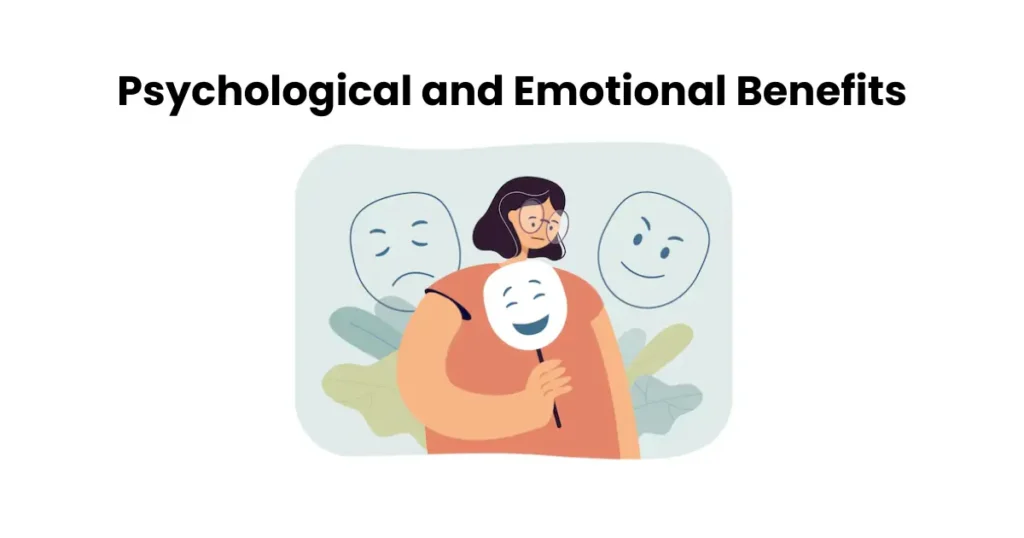
1. Provides Comfort and Emotional Healing
Watching and speaking to videos of a deceased loved one can create a sense of closeness, reducing feelings of isolation and sadness. By revisiting their voice, expressions, and mannerisms, individuals can find solace and reassurance during difficult times.
2. Offers a Healthy Coping Mechanism
Suppressing emotions can prolong grief, but expressing thoughts and feelings aloud—especially while engaging with a video—encourages emotional release. This practice allows individuals to:
- Verbalize their emotions in a private and safe way.
- Process unresolved feelings or regrets.
- Strengthen their ability to cope with loss over time.
3. Helps in Finding Closure
Many people experience regrets after losing a loved one, wishing they had said or done more. Talking to a video allows them to express:
- Apologies or gratitude.
- Words of love and appreciation.
- Unfinished conversations that can bring emotional relief.
4. Strengthens Positive Memories
Grieving often focuses on the pain of loss, but videos serve as a reminder of joyful moments shared with the deceased. Regularly watching and interacting with these videos reinforces positive memories, making it easier to celebrate the person’s life rather than just mourning their absence.
5. Reduces Anxiety and Loneliness
For those who struggle with grief-related anxiety or loneliness, videos provide a comforting presence. The ability to see and hear a loved one can:
- Reduce stress and emotional distress.
- Create a sense of familiarity and connection.
- Offer reassurance that their presence is still felt in a meaningful way.
By integrating videos into the grieving process, individuals can find emotional support, personal healing, and a continued bond with their deceased loved ones.
Common Challenges and How to Overcome Them
While learning how to talk to deceased loved ones with a video can be a comforting and healing experience, it also comes with emotional and technical challenges. Understanding these difficulties and finding effective ways to overcome them can make the process more meaningful and beneficial.
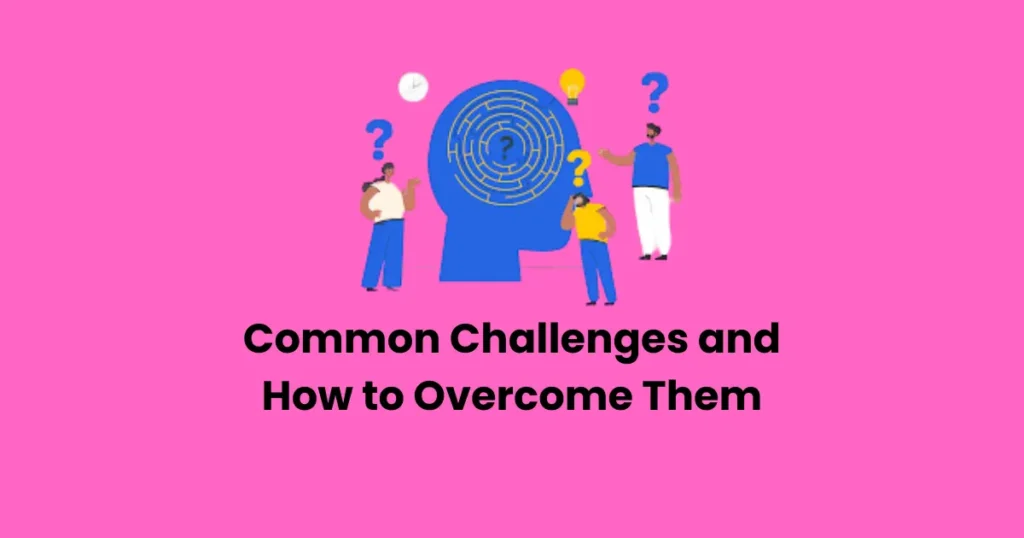
1. Emotional Overwhelm
Watching and speaking to videos of a deceased loved one can trigger intense emotions, including sadness, longing, or even guilt. Some individuals may find it too painful to revisit memories at first.
How to Overcome It:
- Start with short video sessions and gradually increase the time.
- Focus on happy and meaningful moments instead of just the loss.
- Seek support from friends, family, or a therapist if emotions become overwhelming.
2. Difficulty in Expressing Thoughts and Feelings
Some people struggle to find the right words when talking to a deceased loved one through video. The fear of saying the wrong thing or feeling awkward can hinder the experience.
How to Overcome It:
- Speak naturally, as if they were still present.
- Write down thoughts beforehand to help organize emotions.
- Use prompts such as “What would I tell them about my life today?” or “What advice would they give me now?”
3. Ethical and Cultural Concerns
Certain cultures and beliefs may discourage speaking to the deceased, even through videos. Some family members may also feel uncomfortable with AI-generated interactions.
How to Overcome It:
- Respect personal and cultural boundaries while practicing remembrance.
- Have open conversations with family members about their feelings on the subject.
- Focus on video-based memorials that honor the deceased rather than attempting to recreate conversations artificially.
4. Over-Reliance on Videos for Emotional Comfort
While using videos to talk to a lost loved one can be healing, excessive dependence on them may hinder the natural grieving process.
How to Overcome It:
- Balance video interactions with other healthy grieving practices, such as journaling or visiting memorial sites.
- Accept that grief evolves over time, and it’s okay to gradually reduce video use.
- Seek professional guidance if dependency on videos starts affecting daily life.
5. Technical and Privacy Issues
Digital videos, especially those stored online or generated using AI, can pose privacy risks or become lost due to technical failures.
How to Overcome It:
- Keep multiple backups of important videos on external drives or cloud storage.
- Use secure and trusted platforms if utilizing AI-generated memorials.
- Be mindful of sharing personal videos publicly to protect privacy.
By addressing these common challenges, individuals can create a meaningful, healing experience while maintaining emotional well-being and respecting personal and cultural boundaries.
Conclusion
Learning how to talk to deceased loved ones with a video offers a unique way to maintain a connection, process grief, and find emotional comfort. Whether through personalized recordings, AI-generated interactions, or simple video tributes, this practice helps individuals keep memories alive while expressing their thoughts and feelings.
Although challenges such as emotional overwhelm, ethical concerns, and technological limitations may arise, they can be managed with mindful approaches. By balancing video interactions with other healthy grieving practices, individuals can create a meaningful and respectful remembrance of their loved ones.
Ultimately, the goal is not to replace the natural grieving process but to honor the past while embracing the present. Through videos, love and memories remain alive, providing solace and a lasting connection with those who are no longer physically present.


Free AI Research Tool to Analyze Videos: A Complete Guide
Updated on March 14, 2025
Read More